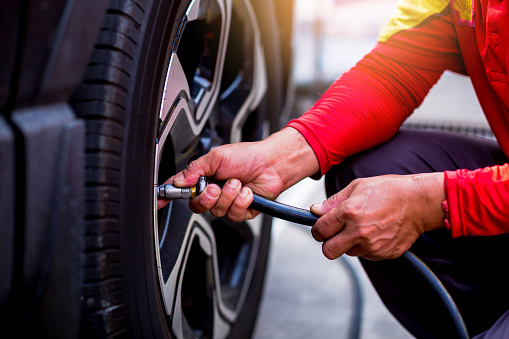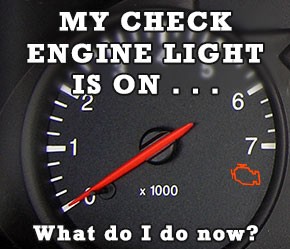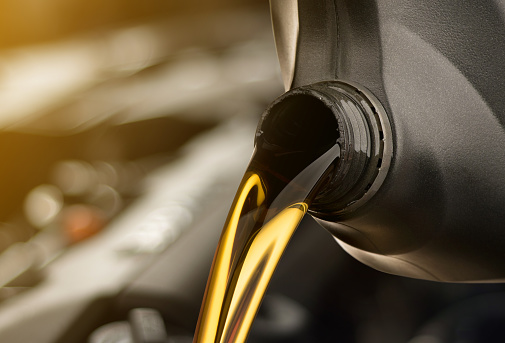It doesn’t matter if they are yellow, orange, or red. You probably feel a pang of anxiety when a warning light flares up on your dashboard.
Why?
It’s most likely because you’re not sure what the light means. That’s why we’re here. We’ll break it down and take the mystery out of it. We want you to know how to respond so you can keep your car around as long as you need it!
Oil Pressure Light
Your oil pressure warning light is usually signified by an old fashioned oil can. It can flicker on briefly when you first start your car then turn off almost immediately. If the light remains lit, you must turn off the engine ASAP and check the oil level. If it is low, add some oil and start your car back up. You are good-to-go if the light stays off. Still lit up? Do not drive your vehicle! No or very low oil pressure causes severe engine damage. Give us a call and we’ll talk to you about your options, which might include towing your vehicle to our shop.
Temperature Light
The temperature light—often displayed as a thermometer above water—is telling you that your engine is overheating. Pull over and turn off your car immediately! Let your engine rest for at least 30 minutes before checking anything. If you try to remove the radiator cap immediately, you can be seriously burned by escaping steam and water. Once things have cooled down, remove the cap and check the coolant mixture level. If it’s low, add the appropriate 50/50 mix of antifreeze and water.
The only way to know for sure if everything is okay with your cooling system is to pressure test for internal links. This is best left to professionals. Call us and we’ll work out a game plan, including making arrangements to get your car to the shop so we can get it fixed and back out on the road!
Brake Light
The brake warning light is often a red circle with an exclamation point inside. It lights when you engage the parking or emergency brake. Make sure the parking brake is fully disengaged. If that does the trick, you’re fine. If it doesn’t flicker off, you might have a fluid leak. This can be quite dangerous, causing your brakes to fail or veer to one side. It is best to bring your car in as soon as you can to get your brake fluid checked. You want to be sure you have full braking capability when you need to stop in a hurry or road conditions are slick!
Alternator Light
A red battery with plus and minus signs indicates trouble with your alternator and tells you your charging system is not working properly. It might mean a slipping belt drive or some other issue. Calling us sooner rather than later will save you from getting stranded somewhere inconvenient, or even dangerous.
Check Engine Light
An illuminated orange motor icon once put fear into the hearts of drivers. It now seems that many car owners are capable of ignoring it for miles. This is probably because most of the time it is just saying that your gas cap isn’t on tight enough or something else minor. Even this isn’t insignificant though. It means you’re wasting fuel and polluting the environment. If tightening the cap doesn’t turn the light off after some driving, it means something is wrong that needs to be looked at.
Whenever a warning light remains on, you can refer to your owner’s manual. It will give you general explanations and let you know if it’s safe to continue driving. To speak with helpful professionals about your warning light or other automotive issues, Certified Automotive has great prices, responsive customer service, and the highest-quality workmanship. To figure out what your warning light is trying to tell you, schedule an appointment online with us or call 253-854-6762 today!











